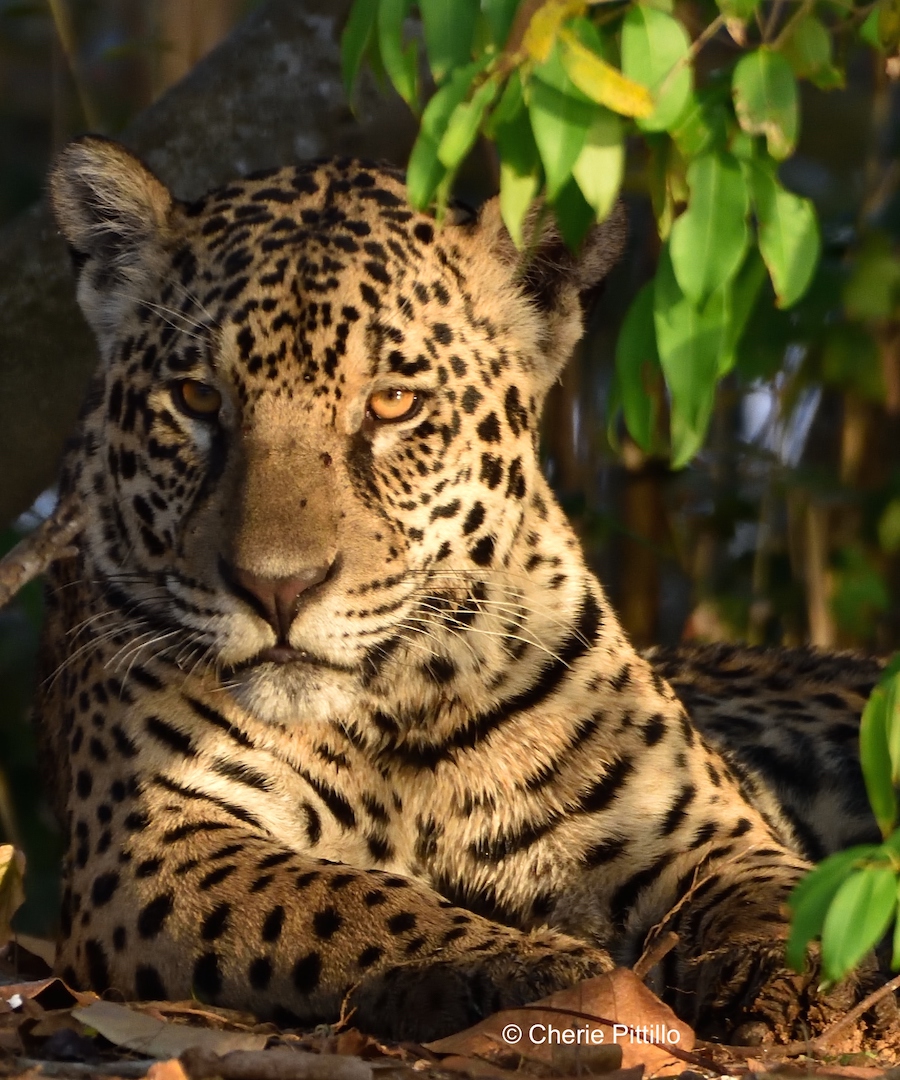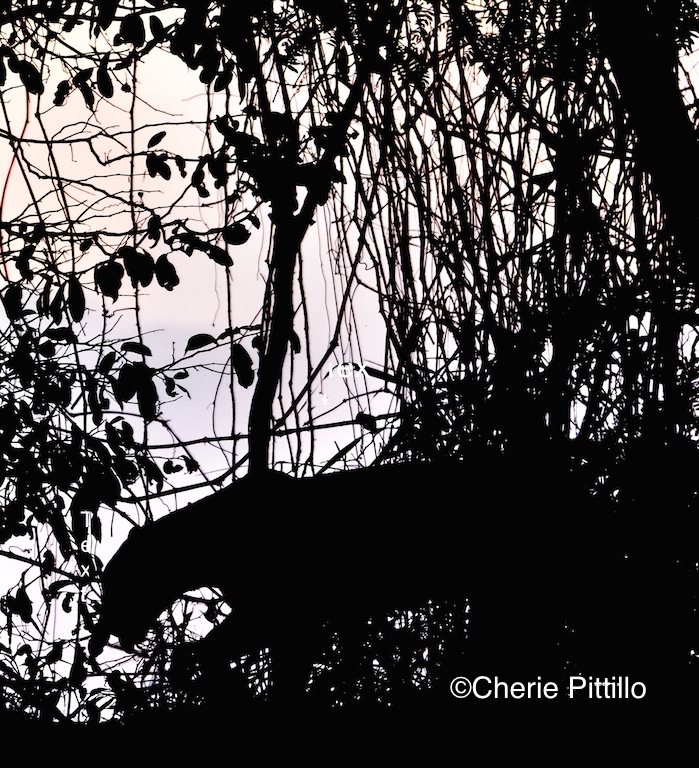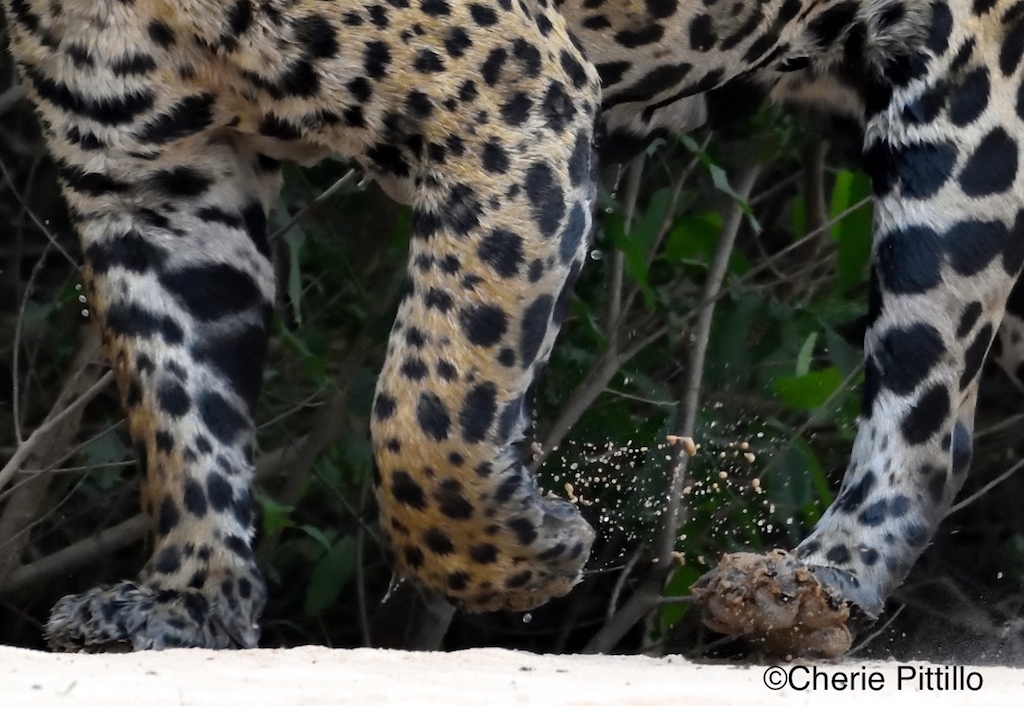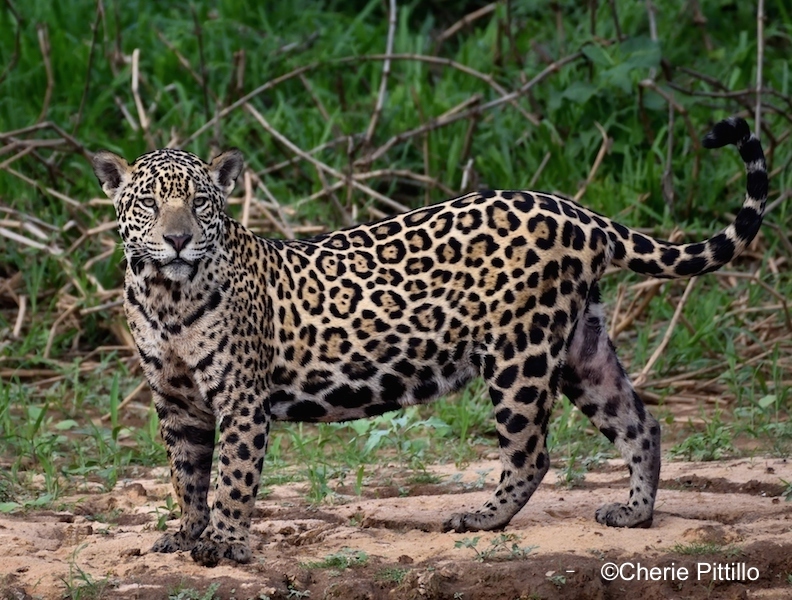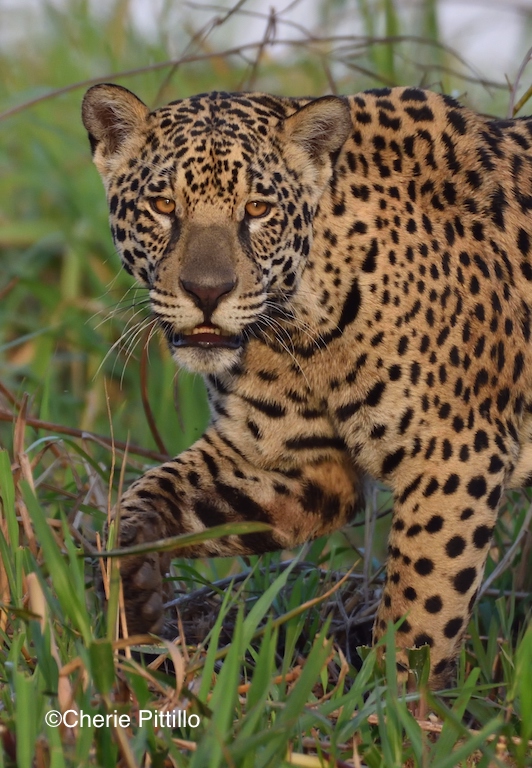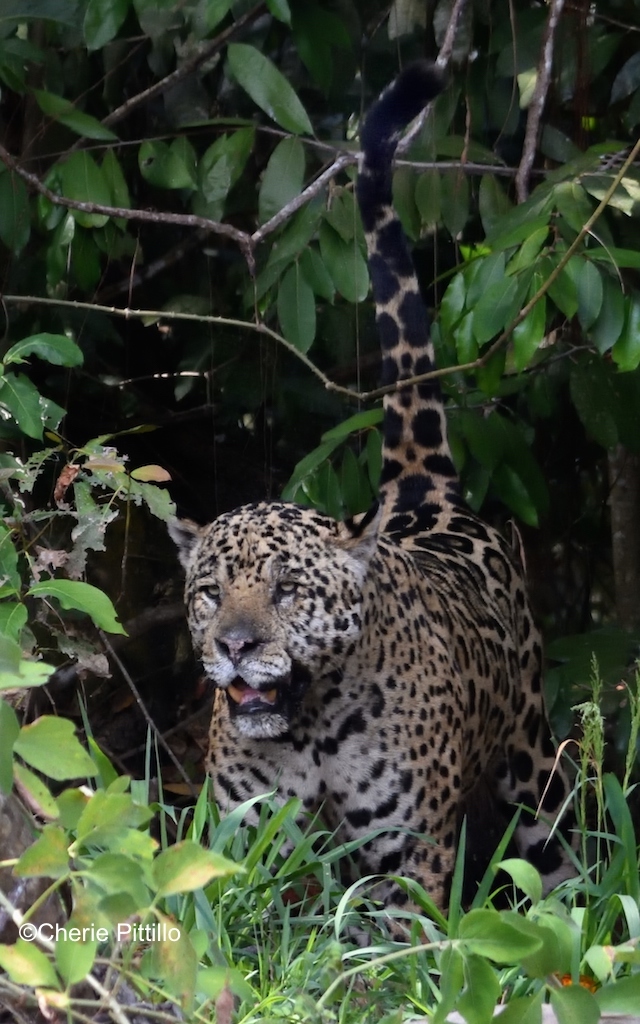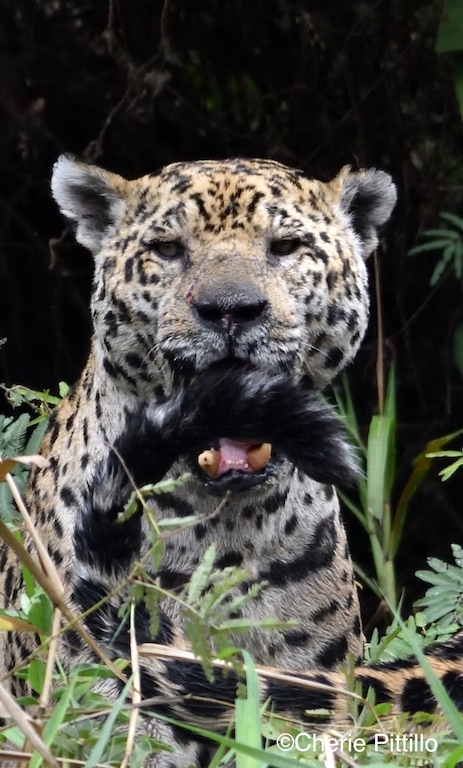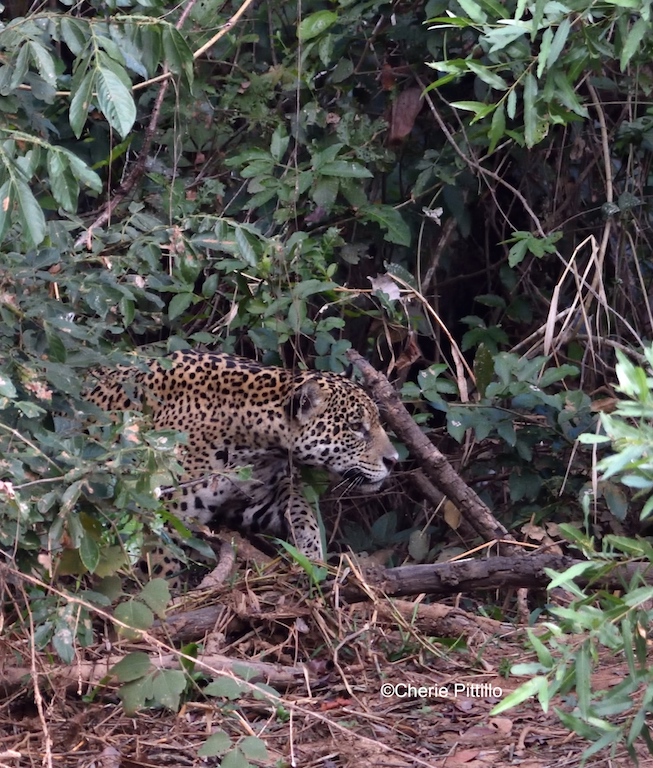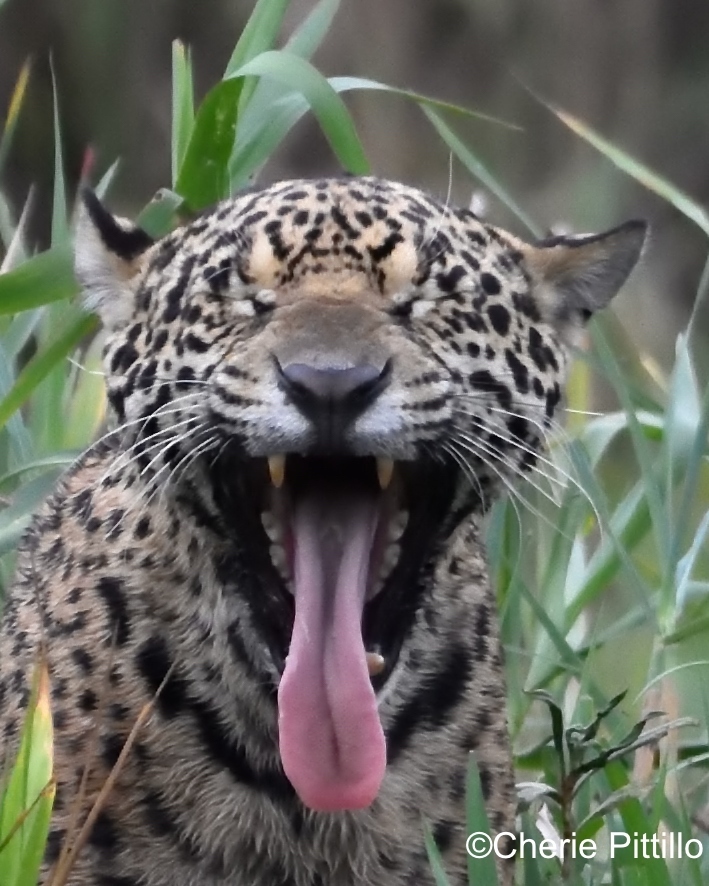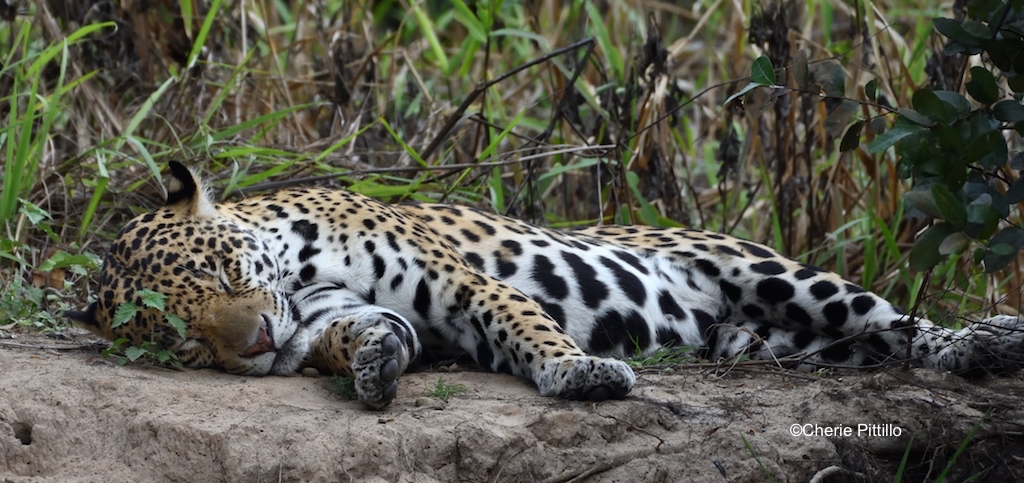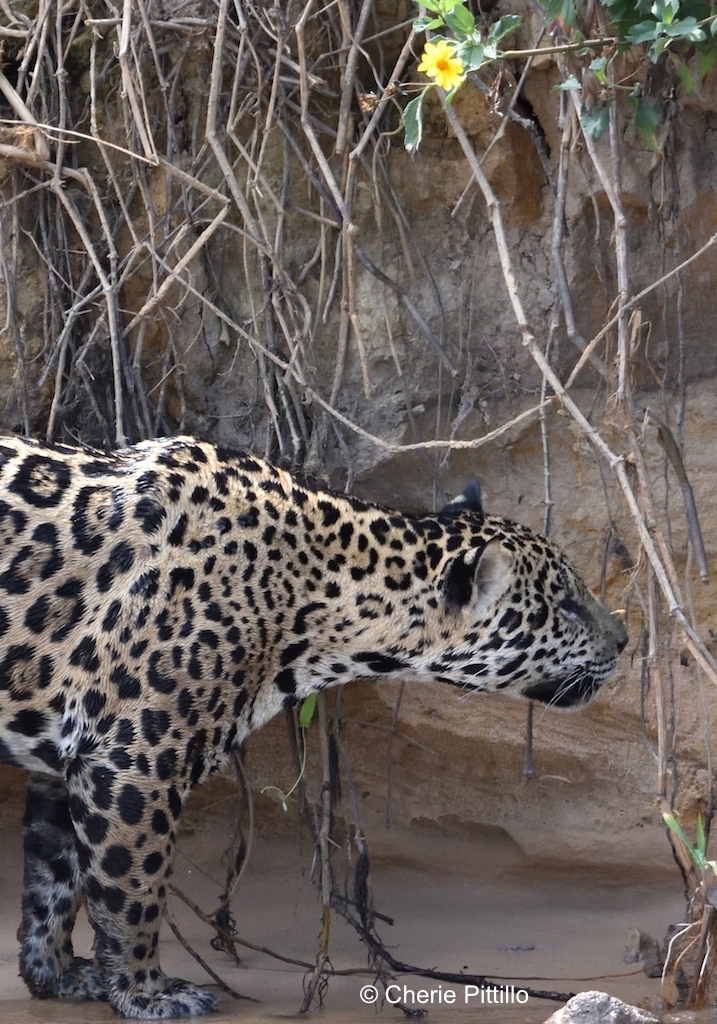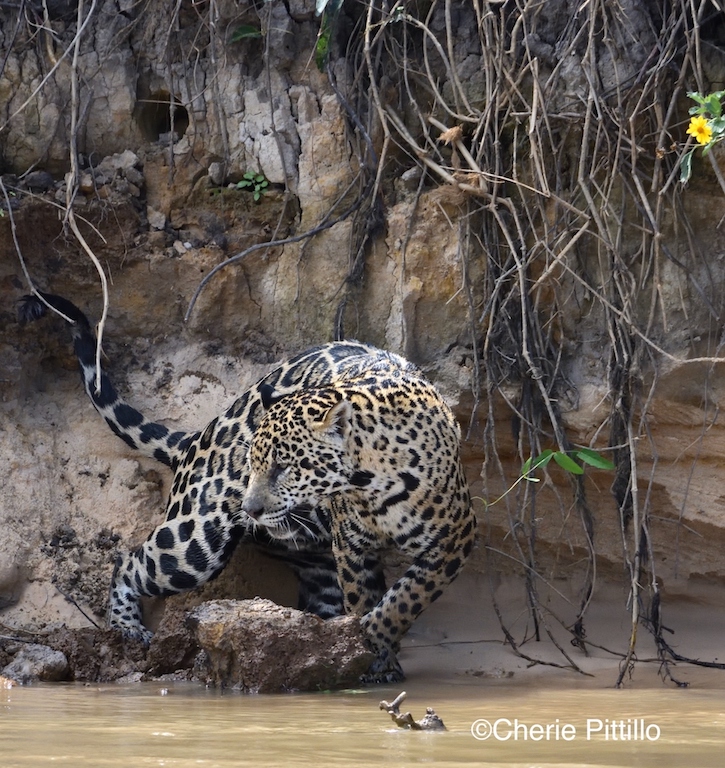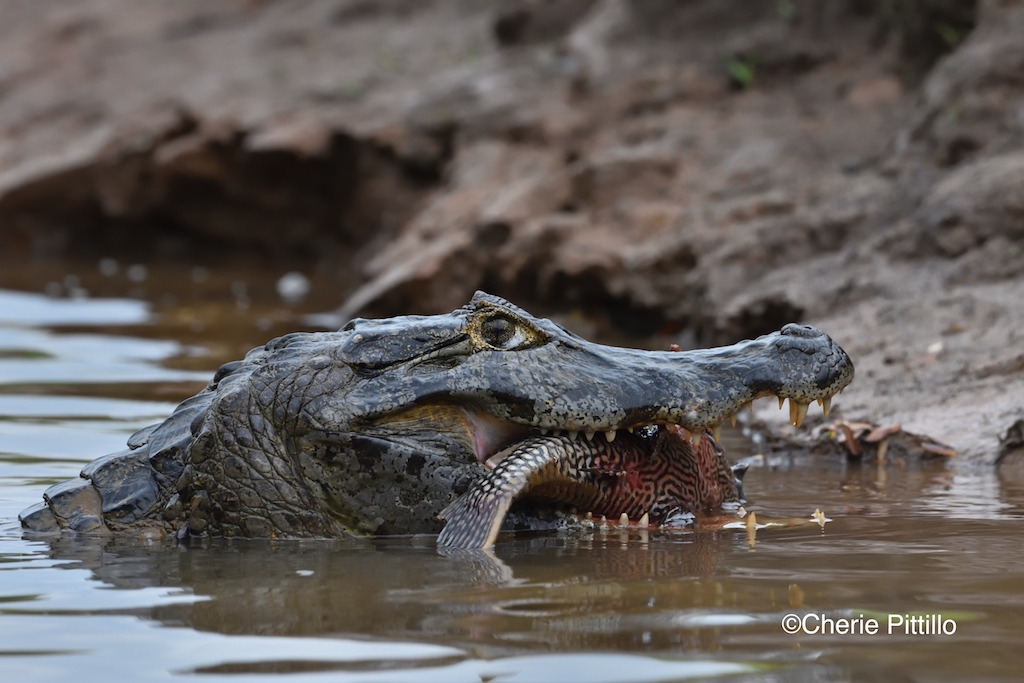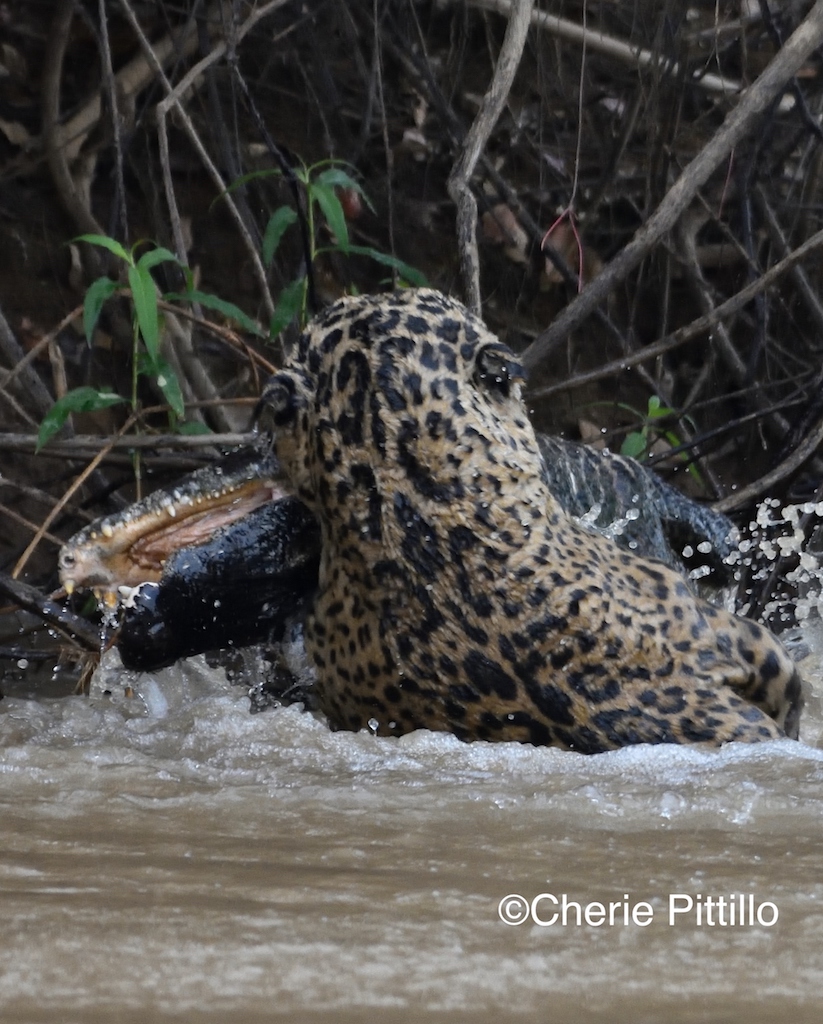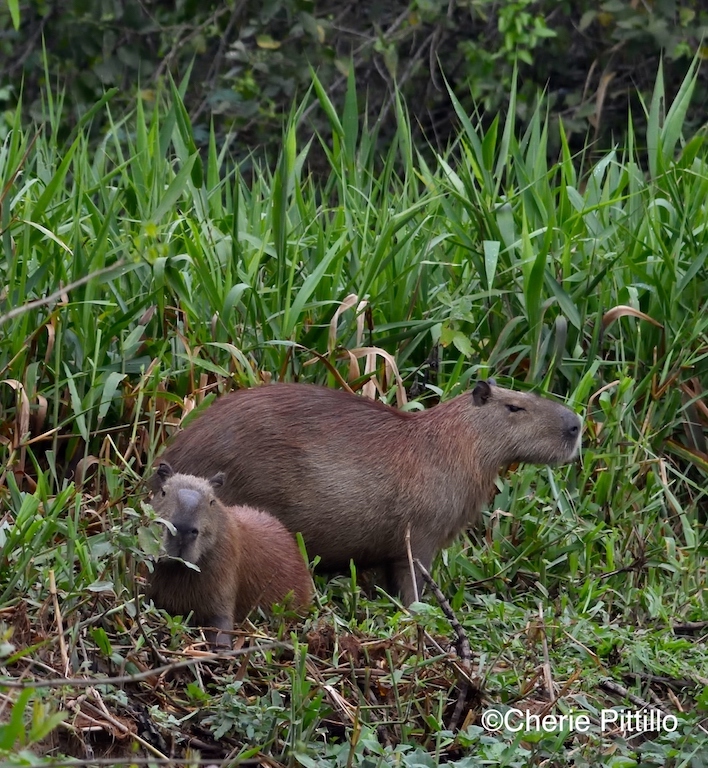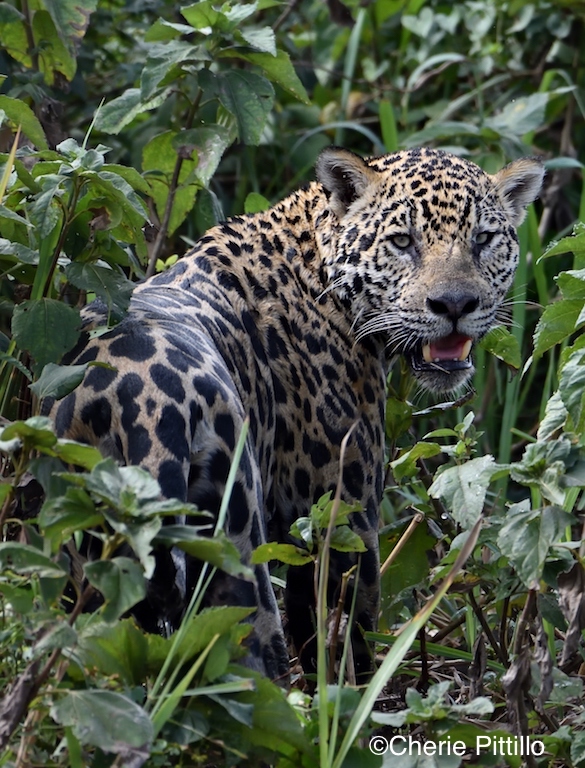Jaguar, Panthera onca, El Jaguar (Spanish), Balam (Mayan), Onça (Brazilian Portuguese)
Living in the Yucatan jaguars seemed ever present whether visiting Maya ruins or the protected preserves of Pronatura Peninsula de Yucatan’s private El Zapotal Reserve, the private Kaxil Kiuic Biocultural Reserve and Calakmul Biosphere Reserve , and in architecture, literature, art and sculpture. To the Maya, the jaguar led the transition between the living world and underworld, a symbol of power, energy, fertility, a great hunter, and warrior. Friends even discussed their excitement of a jaguar crossing a road in Calakmul. I never saw one but was pleased protected areas exist.
However, did any of us ever “paw-nder” the daily life of a jaguar, this powerful, solitary, nocturnal creature of shadows and stealth?
Last month my opportunity to photograph and observe SEVERAL jaguars in the wild occurred, not in the Yucatan, but in the world’s largest freshwater wetland, a UNESCO World Heritage Site, the Pantanal in Brazil. By the way, for decades most photos of jaguars were captive animals, but surely the Pantanal is now one of the prime wildlife photography sites in the world.
Join me on my astonishing Jaguar Journey!
Pantanal Jaguars are the largest cats in the Americas and are 100% larger than those in the Yucatan with one male recorded weight of about 345 pounds (156 kg). The Pantanal also contains the densest population of jaguars with no poaching in the immediate area. One of several monitoring projects, SouthWild, began in 2004 and to date a total of 80+ different jaguars have been identified within a 75 mile circle (120K) of Rio Piquiri (Piquiri River).
Coat coloration varied on each animal from the head to the body and then how much light hit those magnificent coats with asymettrical rosettes. Black rosettes form circles with smaller black dots inside them on the main body. (By the way, leopards have black rosettes too but the center of each rosette lacks dots.) Conservation biologists use that black dot forehead pattern to differentiate each jaguar along with the left or right side of the body. Those field marks are as individual as our human fingerprints.
I observed territorial scent marking, lots of swimming, searching for prey, stalking, resting, sleeping, drinking water while in the river, a caiman kill, and foreplay before mating.
One female jaguar walked along the river bank lowering her head to sniff along the way. When she sniffed at one area, she immediately turned around to go another direction. I even saw what appeared to be scent marking on bushes above the water while the jaguar stood in the river.
By now you are probably surprised at the diversity of images. All photography occurred from a small boat as the jaguars here have become habituated to boat traffic on several rivers. Also their main wild prey appears to be capybara (largest rodent in world from 60-174 pounds (27-79 kg), followed by the yacare caiman(alligator cousin). Both these species live in or along these rivers. However, research indicates jaguars have preyed on more than 85 species of animals including deer, fish, anteaters, tapirs, and cattle. In the Pantanal, scientists speculate the abundant food sources may override territorial size.
How amazing to have safe access to a supposedly nocturnal, solitary wild feline without disturbing its behavior! What a spectacular gift of time and observation I’d been granted.
GO OUTDOORS TO RECEIVE NATURE’S GIFTS AND COME BACK NEXT MONTH FOR PART TWO!
DISCLAIMER: References do not agree on details about these species.
Cherie Pittillo, “nature inspired,” photographer and author, explores nature everywhere she goes. She’s identified 56 bird species in her Merida, Yucatan backyard view. Her monthly column features anecdotes about birding in Merida, Yucatan and also wildlife beyond the Yucatan. Contact: [email protected] All rights reserved, ©Cherie Pittillo

